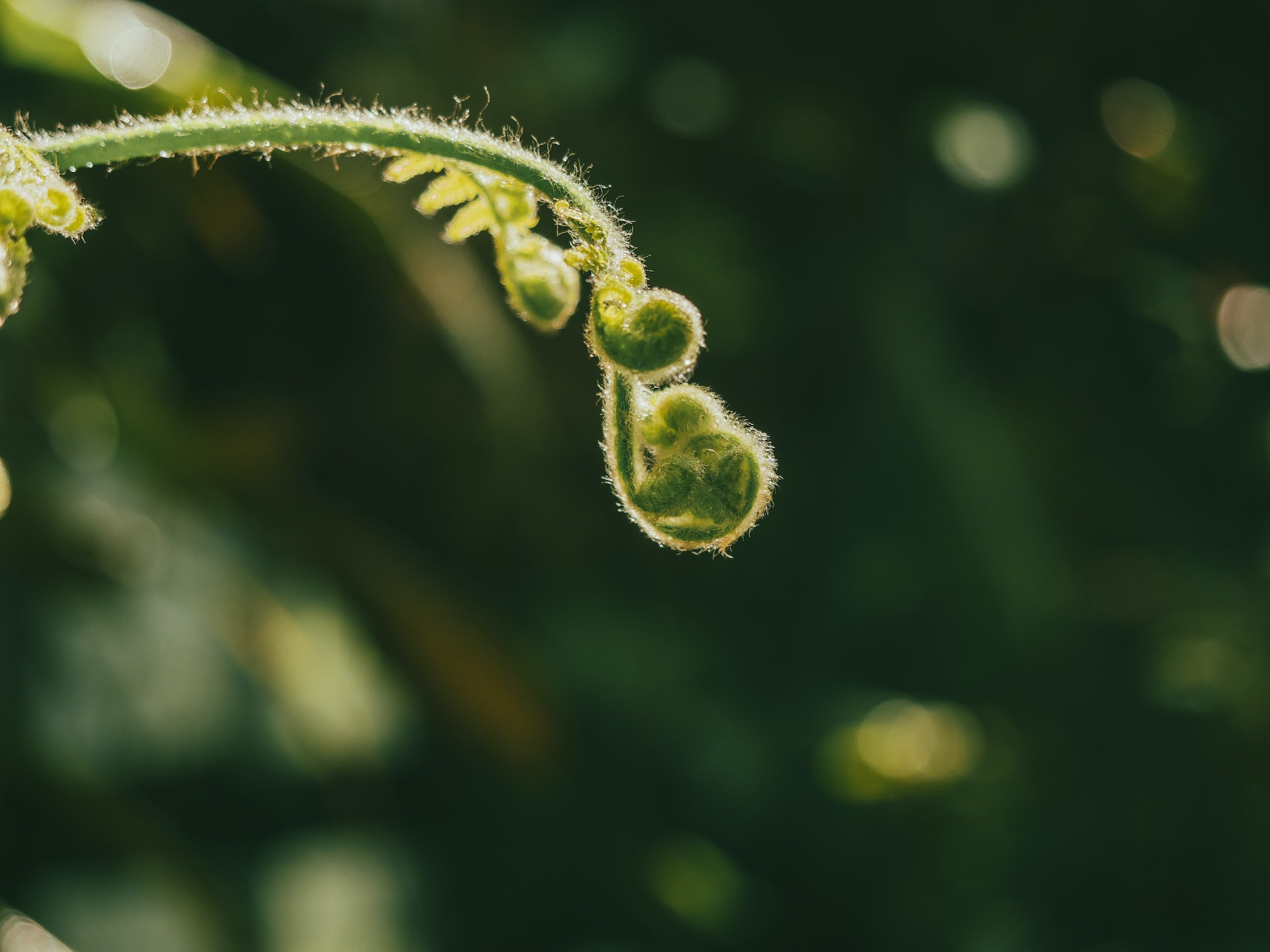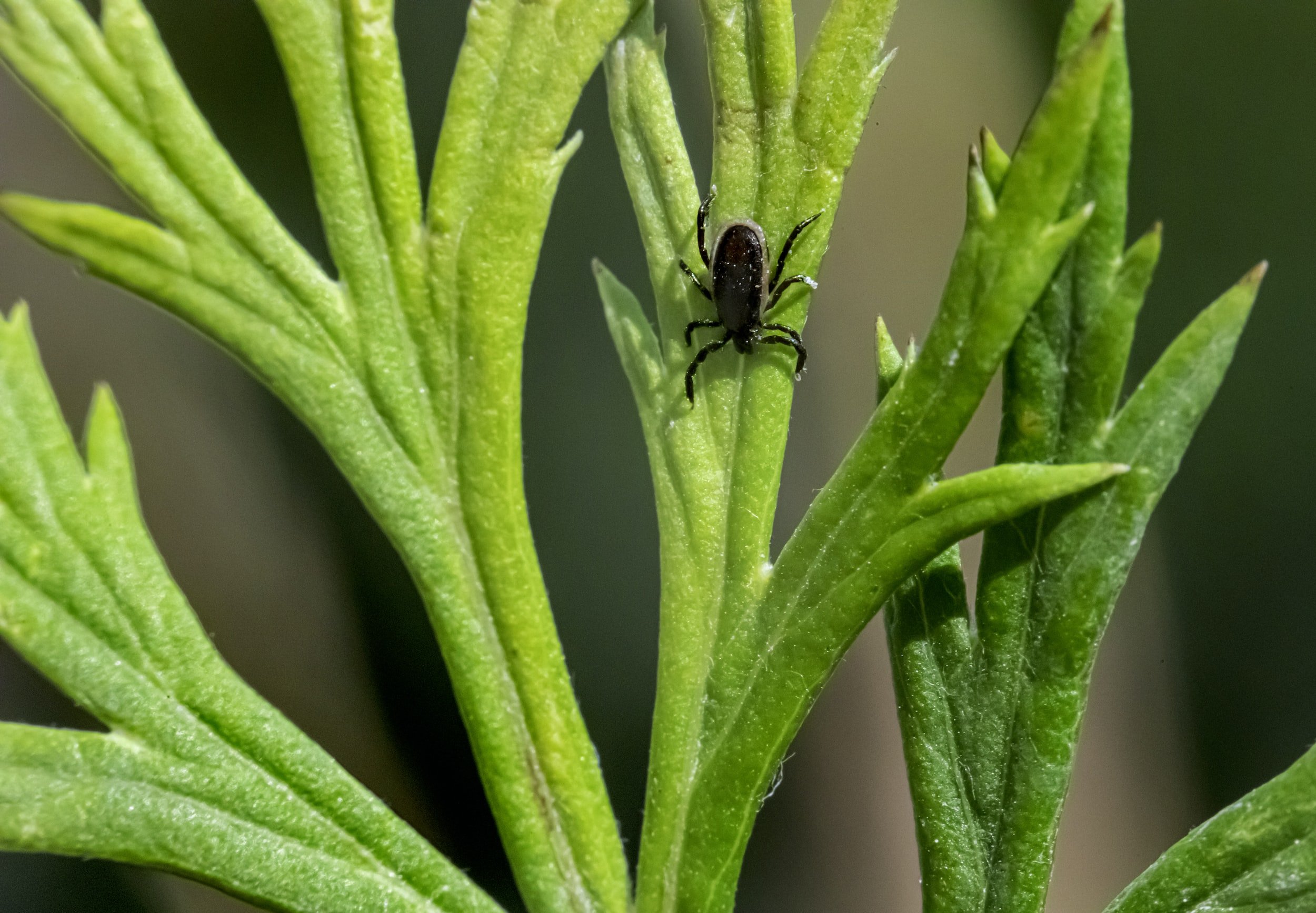The Guide To Indoor Fern Plants
Indoor Fern Plants
The Guide To Indoor Fern Plants
Indoor ferns are a popular type of houseplant known for their lush, green foliage and delicate, feathery fronds. They are a versatile and attractive option for adding a touch of nature to any indoor space, from homes and offices to shops and cafes. Ferns have been a popular houseplant for centuries due to their easy care requirements and ability to thrive in a wide range of indoor conditions.
Ferns are a diverse group of plants with many different species and cultivars, each with their own unique characteristics and care requirements. From the classic Boston Fern with its gracefully arching fronds to the delicate Maidenhair Fern with its fan-shaped fronds, there is a fern to suit every taste and indoor environment.
Caring for indoor ferns does require some attention to detail, but with proper care and maintenance, they can thrive and provide years of enjoyment. By providing the right amount of light, water, and nutrients, ferns can grow into healthy and vibrant plants that will enhance any indoor space.
Whether you're a seasoned houseplant enthusiast or just starting out, indoor ferns are a great option for adding some greenery and life to your indoor environment. With their diverse range of species and easy care requirements, there's sure to be a fern that's perfect for your indoor space.
Are Ferns good as indoor plants?
Yes, ferns are generally good indoor plants. However, it's important to note that different species of ferns have different care requirements, and not all ferns are well-suited for indoor growing conditions. Some ferns, such as the Boston Fern, Asparagus Fern, and Blue Star Fern, are popular indoor ferns and can thrive in the right conditions. Other ferns can be a lot trickier and may require more specific terrarium environments to keep them happy. Fern
Overall, if you choose the right fern species for your indoor environment and provide them with the proper care and maintenance, they can be excellent indoor plants that offer numerous benefits. If you're new to growing ferns, it's important to do some research on the specific care requirements of the fern species you're interested in and ensure that you can provide the appropriate growing conditions before bringing them into your home or office.
How to care for a fern plant indoors
People often ask about how to look after an indoor fern. The requirements vary depending on the species of fern you are growing but as a general rule most indoor ferns require the following conditions:
Light: Most ferns prefer bright, indirect light. Avoid placing them in direct sunlight, as this can scorch their delicate fronds.
Water: Ferns require consistent moisture, but don't like to sit in soggy soil. Regular watering is a must, allowing the top inch of soil to dry out slightly between waterings. Watering from the bottom (i.e. setting the pot in a tray of water) is a good option for many ferns. If you're unsure when to water, check the soil with your finger - if it feels dry to the touch, it's time to water.
Humidity: Many ferns require high humidity levels to thrive. You can increase humidity by misting your ferns regularly, setting a humidifier nearby, or placing a tray of water near the plant.
Temperature: Ferns prefer temperatures between 15-24°C, and don't like to be exposed to cold drafts.
Soil: Ferns prefer a well-draining potting mix that is rich in organic matter. Avoid using heavy garden soil, which can hold too much moisture and lead to root rot.
Fertiliser: Most ferns benefit from regular fertilisation, particularly during the growing season. Use a balanced, water-soluble fertiliser - ideally with a high nitrogen ratio as this will keep your fronds looking healthy.
Pruning: Regularly removing dead or damaged fronds can help keep your ferns healthy and looking their best.
Remember that these are general guidelines and may not apply to all fern species. It's always a good idea to research the specific care requirements of your fern plant to ensure that you're providing the optimal growing conditions.
Common Indoor Fern Pests
Indoor ferns can be susceptible to a variety of pests. Some common pests that can affect ferns include:
Spider mites: These tiny pests can cause stippling on frond, and heavy infestations can lead to yellowing and premature frond drop.
Mealybugs: These pests look like small, white cottony masses on the fronds and stems of ferns. They feed by sucking the sap from the plant, and heavy infestations can cause stunted growth and frond drop.
Scale insects: These pests can appear as small, flat, and round bumps on the stems and fronds of ferns. They also feed by sucking the sap from the plant, which can cause yellowing and distortion of the fronds.
Thrips: These tiny, slender insects feed on the foliage of ferns, causing stippling and distortion of fronds. They can also spread diseases from one plant to another.
Indoor Fern Propagation
When it comes to propagation, ferns can be propagated through spores, division, or by planting the plantlets that grow on the parent plant. Spore propagation can be a bit more challenging, as it requires special conditions and can take a while for the spores to develop into mature ferns. Division and planting of plantlets are generally easier methods and can be done when the plant is actively growing and producing new growth.
To propagate ferns by division, gently remove the plant from its pot and separate the roots and fronds into two or more smaller plants, each with its own root system. Replant these smaller ferns in fresh potting soil and keep them well-watered and in a bright, but not direct, light until they are established.
To propagate ferns from plantlets, wait until the plantlets have developed their own root system, and then gently remove them from the parent plant. Plant these ferns in their own pots with fresh potting soil and keep them well-watered and in bright, indirect light until they are established.
Remember to be gentle when handling your ferns, as their fronds can be delicate and easily damaged. With proper care, your newly propagated ferns should thrive and grow into beautiful, healthy plants.
Can indoor ferns be planted outside
In the UK - no
However indoor ferns can sometimes be planted outside, but it depends on the type of fern and where you live in the world. Many indoor ferns are tropical or subtropical plants, so they may not be able to tolerate cold temperatures or frost.
Additionally, some ferns may require specific soil or lighting conditions that may not be present in your outdoor space.
Types of Indoor Fern Houseplants (That are relatively low maintenance)
Click the name of the plant for a link to where to buy these particular indoor ferns
Boston Fern (Nephrolepis exaltata):
Boston Ferns are good indoor plants and are popular due to their long, gracefully arching fronds that make them a great choice for hanging baskets. They prefer bright, indirect light, consistent moisture, and high humidity levels. They should be kept away from cold drafts and can benefit from regular fertilisation during the growing season.
Are Boston Ferns good indoor plants?
Definitely - consider placing them in humid bathrooms or Kitchens! Nothing kills a Boston fern quicker than dry air
Maidenhair Fern (Adiantum):
This delicate fern has small, fan-shaped fronds that are often used in terrariums or as accents in floral arrangements.
Are Maidenhair Ferns good indoor plants?
Yes - ideal locations include regularly used bathrooms!
Staghorn Fern (Platycerium bifurcatum):
This unique fern has two types of fronds: large dark green fronds that grow outwards and look like antlers! , these grow from more cup-shaped fronds that grow inwards. It can be mounted on a board or hung in a basket. A perfect green, cruelty-free alternative to a taxidermy deer on the wall!
Source: Ebay
Rabbit's Foot Fern (Phlebodium aureum):
This fern has furry, rabbit-foot-shaped rhizomes that grow on the soil's surface, making it a unique and interesting addition to any indoor space. Can tolerate low light
(Not a true fern) Asparagus Fern
Asparagus setaceus, also known as Asparagus fern or Lace Fern, is a species of plant in the Asparagaceae family, native to South Africa. Despite its common name, Asparagus setaceus is not a true fern, but a member of the Asparagus family
Blue Star Fern (Phlebodium pseudoaureum):
This fern has silvery-blue fronds that are a striking contrast to other green plants. They can tolerate bright light or shade and are relatively easy to care for.













